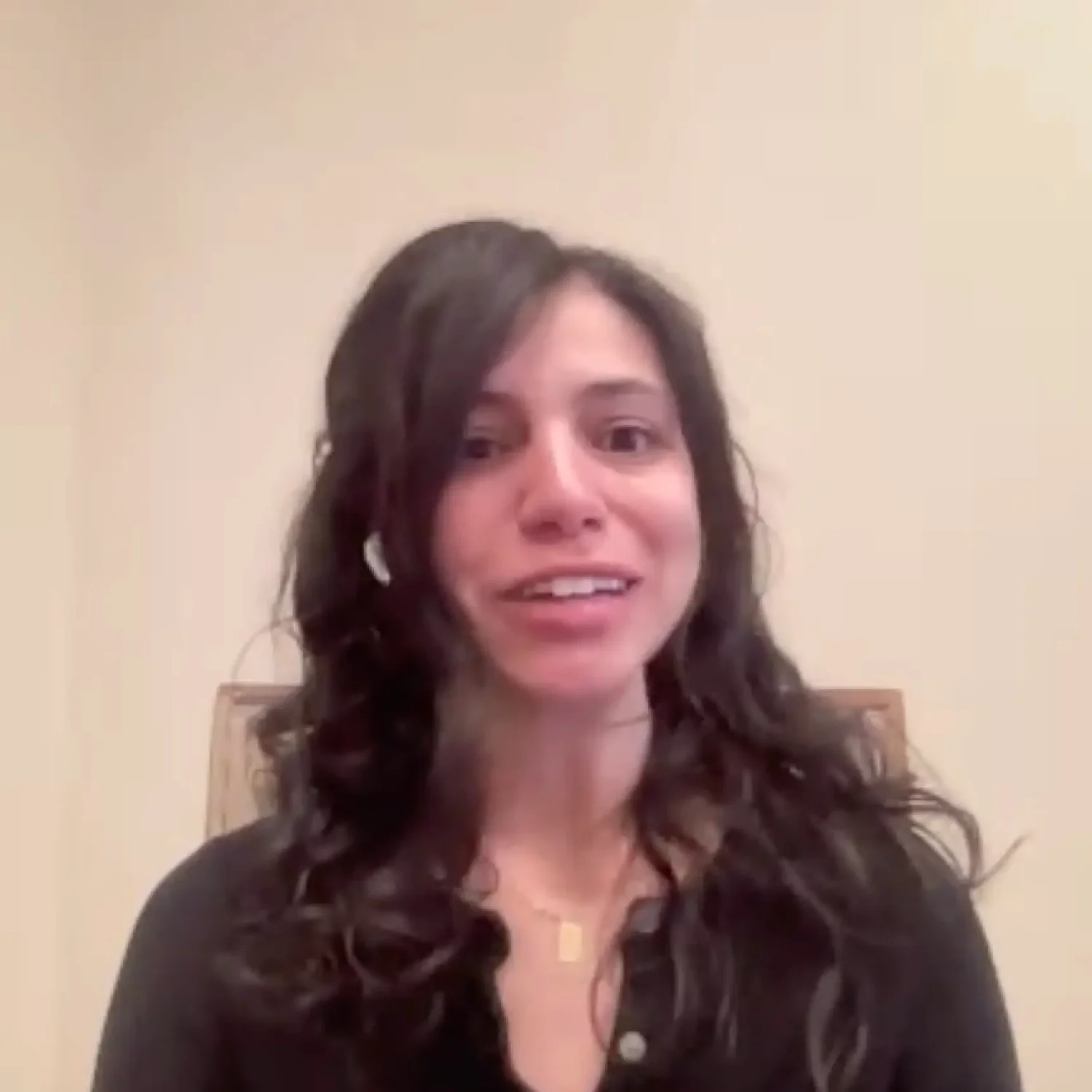What does “recovery” from COVID-19 look like? The fact is, we still don’t really know. As with many other things that are unknown about the disease caused by the novel coronavirus, the lingering effects of the illness—if any—are largely unknown. Still, whether you’ve had a mild case of COVID-19 or a more severe illness, there are things you can do to support your body after if it’s been through a difficult infection.
When your body goes through any type of illness, particularly something as trying as COVID-19, it ultimately comes away weak and rundown, even after your body has successfully cleared the virus. That’s because infections cause an inflammatory response in the body. Cytokines, small proteins secreted by cells in the immune system, and other inflammatory molecules become elevated to fight the infection. This increased inflammation can lead to post-viral fatigue, lethargy, difficulty concentrating, and sleep changes. In the case of a respiratory illness like COVID-19, there is likely ongoing lung inflammation, and potential damage, that needs to be addressed as well.
At Parsley Health, our doctors and health coaches have been working closely with our members who are recovering from COVID-19. While each case is different, there are a few recommendations we’re advising our members with COVID-19 to implement post-infection.
1. Eat an anti-inflammatory, low carbohydrate diet.
Even after your immune system has cleared the virus it may take some time for heightened inflammation to normalize. This is why sticking to an anti-inflammatory diet is particularly important. An anti-inflammatory diet emphasizes specific vitamins, minerals, and nutrients found in whole foods that play a direct role in combating the internal inflammatory response. Similarly, limiting the intake of highly processed foods with pro-inflammatory properties will minimize any unnecessary additional inflammation.
These anti-inflammatory nutrients can be found in fruits, vegetables, well-sourced animal and plant based proteins, nuts, seeds, and whole grains. Specifically, omega-3 fatty acids found in wild caught salmon, sardines, anchovies, flax seeds, chia seeds, and walnuts are highly anti-inflammatory—helping to switch off inflammatory pathways in the body. Antioxidants such as vitamin C, vitamin E, and beta carotene found in broccoli, bell peppers, citrus fruits, kiwis, almonds, sunflower seeds, avocados, sweet potatoes, and carrots protect your cells from the effects of free radicals therefore, counteracting oxidative stress and reducing inflammation.
For those that are recovering from severe lung infection, it’s worth noting that certain macronutrients may be more aggravating than others. For example, carbohydrates use more oxygen and produce more carbon dioxide when digested, whereas fats produce less. In other words, what you eat can directly impact the workload of your lungs. While research regarding COVID-19 and nutrition is yet to be investigated, in other lung conditions such as chronic obstructive pulmonary disease (COPD), eating a diet with fewer carbohydrates and more healthy fats positively affects breathing. Through the lens of an anti-inflammatory diet, this means focusing on the fats contained in nuts, seeds, avocados, and olives and consuming fewer carbohydrates from starches like pasta, breads, and grains.







